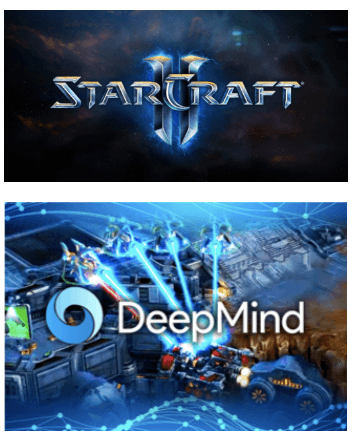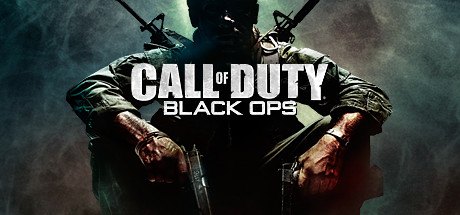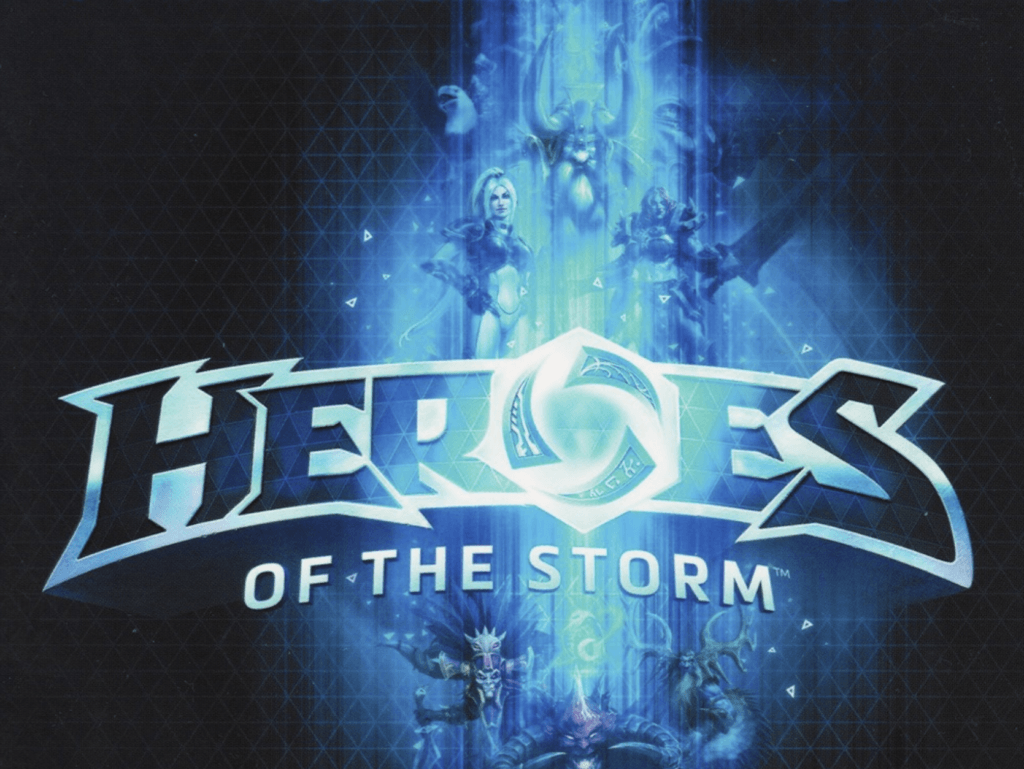Activision-Blizzard (ATVI): Using Machine Learning for videogames development and community moderation

The videogames market is large (with expected revenues of $138 billion [1]) but highly fragmented, with multiple corporations vying for market share. Increasingly, traditional companies like F1 motorsports are moving into videogames to expand their core product offering [2]. Hence, Activision-Blizzard (ATVI), a major videogame developer, needs not only to attract new customers to their products but also retain their existing player base. Their corporate reputation can be affected by negative player experiences, either through poor gameplay or by an abusive community in multiplayer games. Here, Machine Learning (ML) can help ATVI protect their core business by making better videogames, and by creating a gaming community free of abuse without needing significant human intervention. Taking advantage of advanced data analytics and Machine Learning (ML), developers could generate game environments and characters that are more realistic and natural [3]. Through ML, it could be possible to provide an even more personalized experience within games, as algorithms continuously learn about interactions and activities which the individual player enjoys. And by interpreting player behavior, ML could also be used to help ATVI regulate negative online behavior which could foster a toxic community.
Use of Machine Learning for Starcraft AI
 Starcraft is a Real-Time Strategy Game by ATVI, which players can play against an AIopponent. Implementing a humanlike AI opponent is challenging, due to the high number of variables and the limited information available [4]. Recognizing the limitations of in-house resources, ATVI teamed up with DeepMind [5]. This synergy not only allows ATVI to develop better game AI, but also grows the datasetavailable for research into ML. With millions of hours of gameplay available, ATVI is able to use ML to predict the actions of players from just a few matches, calculating a Match-Making Rating (MMR) so the player can face opponents of comparable skill. As ML research advances, AI opponents developed by DeepMind could potentially rival top professional players, serving as a training ground to improve their skills [6]. Through Open Innovation, DeepMind and ATVI have released their Starcraft ML platform hoping to accelerate ML development [7].
Starcraft is a Real-Time Strategy Game by ATVI, which players can play against an AIopponent. Implementing a humanlike AI opponent is challenging, due to the high number of variables and the limited information available [4]. Recognizing the limitations of in-house resources, ATVI teamed up with DeepMind [5]. This synergy not only allows ATVI to develop better game AI, but also grows the datasetavailable for research into ML. With millions of hours of gameplay available, ATVI is able to use ML to predict the actions of players from just a few matches, calculating a Match-Making Rating (MMR) so the player can face opponents of comparable skill. As ML research advances, AI opponents developed by DeepMind could potentially rival top professional players, serving as a training ground to improve their skills [6]. Through Open Innovation, DeepMind and ATVI have released their Starcraft ML platform hoping to accelerate ML development [7].
Community moderation using Machine Learning
 With the anonymity provided by the internet, individuals’ toxic behavior rarely carries a risk of repercussion [8]. Toxic behavior hurts and disrupts the harmony of an online community, and when allowed to go unchecked can hurt the reputation of a game. In the game Overwatch, ATVI previously relied on in-game filters and a team of moderators to curb toxic behavior, but are now bolstering this approach with experimental ML [9]. ATVI is also exploring the use of ML to reward players for positive behavior, encouraging players to build a better community [10].
With the anonymity provided by the internet, individuals’ toxic behavior rarely carries a risk of repercussion [8]. Toxic behavior hurts and disrupts the harmony of an online community, and when allowed to go unchecked can hurt the reputation of a game. In the game Overwatch, ATVI previously relied on in-game filters and a team of moderators to curb toxic behavior, but are now bolstering this approach with experimental ML [9]. ATVI is also exploring the use of ML to reward players for positive behavior, encouraging players to build a better community [10].
Looking Ahead
 ATVI could apply the knowledge gained from the Starcraft AI development to their other products, such as Call of Duty and World of Warcraft, where in-game opponents could mimic real player interactions. This would allow players to have a sense of playing against a real opponent, without having to deal with complex match-making, or harassment. Furthermore, with more humanlike interactive behavior, the game would become significantly more immersive for the player.
ATVI could apply the knowledge gained from the Starcraft AI development to their other products, such as Call of Duty and World of Warcraft, where in-game opponents could mimic real player interactions. This would allow players to have a sense of playing against a real opponent, without having to deal with complex match-making, or harassment. Furthermore, with more humanlike interactive behavior, the game would become significantly more immersive for the player.
 Additionally, ATVI could capitalize on their ML technology stack to further develop their E-sports presence, offering a better spectator experience with real-time interactive game data statistics and smart camera action. Furthermore, ATVI could invest into ML to identify fraudulent actions by competitors, detecting cheating early to ensure an even playing field. ML is also used by adversaries, where they include algorithms to hide cheating by mimicking human behavior, making them harder to detect. Left unchecked, these bots could be the downfall for ATVI’s E-sports presence, akin to drugs in sports. Furthermore, to ensure automated ML does not lead to unwanted behavior, as demonstrated by Microsoft’s racist chatbot, Tay [11], ATVI should ensure dedicated teams follow up on actions taken by their ML technology to avoid PR disasters should automation go wrong.
Additionally, ATVI could capitalize on their ML technology stack to further develop their E-sports presence, offering a better spectator experience with real-time interactive game data statistics and smart camera action. Furthermore, ATVI could invest into ML to identify fraudulent actions by competitors, detecting cheating early to ensure an even playing field. ML is also used by adversaries, where they include algorithms to hide cheating by mimicking human behavior, making them harder to detect. Left unchecked, these bots could be the downfall for ATVI’s E-sports presence, akin to drugs in sports. Furthermore, to ensure automated ML does not lead to unwanted behavior, as demonstrated by Microsoft’s racist chatbot, Tay [11], ATVI should ensure dedicated teams follow up on actions taken by their ML technology to avoid PR disasters should automation go wrong.
 Looking further afield, ATVI could accelerate development of ML through further partnerships with leading research teams. OpenAI, who have worked on games similar to ATVI’s Heroes of the Storm (HotS), could potentially be a good partnership [12]. Despite OpenAI Five’s recent loss [13] against professional players, their insights could improve the HotS AI teamwork design.
Looking further afield, ATVI could accelerate development of ML through further partnerships with leading research teams. OpenAI, who have worked on games similar to ATVI’s Heroes of the Storm (HotS), could potentially be a good partnership [12]. Despite OpenAI Five’s recent loss [13] against professional players, their insights could improve the HotS AI teamwork design.
Food for thought
While research teams such as OpenAI and DeepMind are concerned with building ‘safe Artificial General Intelligence’, where should the jury stand on the ethical use of ML? ATVI has already begun harnessing the power of ML to encourage players to spend more money on microtransactions in their games [14]. Supporters argue that this is no different from how casinos operate their business [15]. However, as consumers are increasingly sensitive to corporate reputation, and are also wary of microtransactions, how should management balance the use of ML in this manner?
(780 words)
[1] Ell, K. (2018). Video game industry is booming with continued revenue. [online] CNBC. Available at: https://www.cnbc.com/2018/07/18/video-game-industry-is-booming-with-continued-revenue.html [Accessed 11 Nov. 2018].
[2] F1® eSports Series 2018. F1esports.com. [online]. Available from: https://f1esports.com/ [Accessed November 11, 2018].
[3] Boyle, E. (2018). Game on! How AI is transforming video games forever. [online] TechRadar. Available at: https://www.techradar.com/news/game-on-how-ai-is-transforming-video-games-forever [Accessed 11 Nov. 2018].
[4] ROBERTSON, G. and WATSON, I., 2014. A Review of Real-Time Strategy Game AI. AI Magazine, 35(4), pp. 75-104.
[5] TIMBRADSHAW, 2017, Nov 23. Google brain connects his StarCraft past with AI future. Financial Times, 2. ISSN 03071766.
[6] MKANDAWIRE, V., 2017. Artificial intelligence, bots to supercharge esports games. SNL Kagan Media & Communications Report.
[7] Alphr. (2018). DeepMind has been training its AI to play StarCraft II – and now anyone can do the same. [online] Available at: https://www.alphr.com/artificial-intelligence/1006582/deepmind-starcraft-ii-AI-training-game [Accessed 11 Nov. 2018].
[8] Zhuo, J. (2018). Opinion | Online, Anonymity Breeds Contempt. Nytimes.com. [online]. Available from: https://www.nytimes.com/2010/11/30/opinion/30zhuo.html [Accessed November 11, 2018].
[9] Wawro, A. (2018). Blizzard experiments with machine learning to fight Overwatch toxicity. Gamasutra.com. [online]. Available from: https://www.gamasutra.com/view/news/316060/Blizzard_experiments_with_machine_learning_to_fight_Overwatch_toxicity.php [Accessed November 11, 2018].
[10] Grayson, N. (2018). Kotaku.com. [online]. Available from: https://kotaku.com/blizzard-is-trying-to-teach-computers-to-spot-overwatch-1824299441 [Accessed November 11, 2018].
[11] Vincent, J. (2016) Twitter taught Microsoft’s friendly AI chatbot to be a racist asshole in less than a day. The Verge. [online]. Available from: https://www.theverge.com/2016/3/24/11297050/tay-microsoft-chatbot-racist [Accessed November 11, 2018].
[12] OpenAI. (2018). OpenAI Five. [online] Available at: https://openai.com/five/ [Accessed 11 Nov. 2018].
[13] The Verge. (2018). OpenAI’s Dota 2 defeat is still a win for artificial intelligence. [online] Available at: https://www.theverge.com/2018/8/28/17787610/openai-dota-2-bots-ai-lost-international-reinforcement-learning [Accessed 11 Nov. 2018].
[14] Activision Algorithm Makes Gamers Spend More | PYMNTS.com. PYMNTS.com. [online]. Available from: https://www.pymnts.com/news/merchant-innovation/2017/activision-machine-learning-algorithm-makes-videogamers-spend-more/ [Accessed November 11, 2018].
[15] Krook, J. (2017). The business of addiction: how the video gaming industry is evolving to be like the casino industry. The Conversation. [online]. Available from: https://theconversation.com/the-business-of-addiction-how-the-video-gaming-industry-is-evolving-to-be-like-the-casino-industry-83361 [Accessed November 11, 2018].



Interesting take on the current uses and opportunities of Machine Learning in the video game space.
I don’t think I understand the conflict outlined in your closing paragraph. How have companies been using ML to drive increased microtransactions? Why do you think this carries reputational risk? Many e-commerce businesses use ML to drive incremental purchasing / revenue (e.g., Amazon), and consumers accept it as normal course. Why are video games different?
This is a really interesting summary of the different ways that Activision has utilized machine learning in its games. You’ve also given some interesting suggestions for how Activision can continue utilizing this technology in future endeavours.
I’m not sure what you mean by “microtransactions” in the context of this article, as paid-for additions to video games (such as character skins, extra features, or entire new levels) are already commonplace in the industry. What may be interesting is the way that the industry measures to what extent such additional content is acceptable to the consumer before there is backlash. However, I don’t know that this is a machine learning question per se.
Very insightful review of the state of machine learning usage in the video game industry. Two areas that I would like to comment on:
1. In terms of community moderation, I imagine that machine learning application for the purpose of moderating toxic verbal behavior might include heavy use of natural language processing techniques. Given the potentially heavy use of slangs and how it could evolve rapidly over time, I think developer will play a catch-up game with the community.
2. In terms of microtransactions, I believe simply aiming to extract the most value out of the customers will not work in favor of the company in the long run if they have already charged so much money to access the game. I think one way to alleviate the reputational backlash is to make the video games itself more accessible (i.e. lowering cost or making it free). In effect, game developers make money via microtransactions, which I believe many mobile developers are doing? The question remains whether the benefit of doing microtransactions outweigh the risk of alienating certain users, but I think in the software world, experimentation can be done relatively easily to measure the optimal amount of microtransactions pushed to the users.